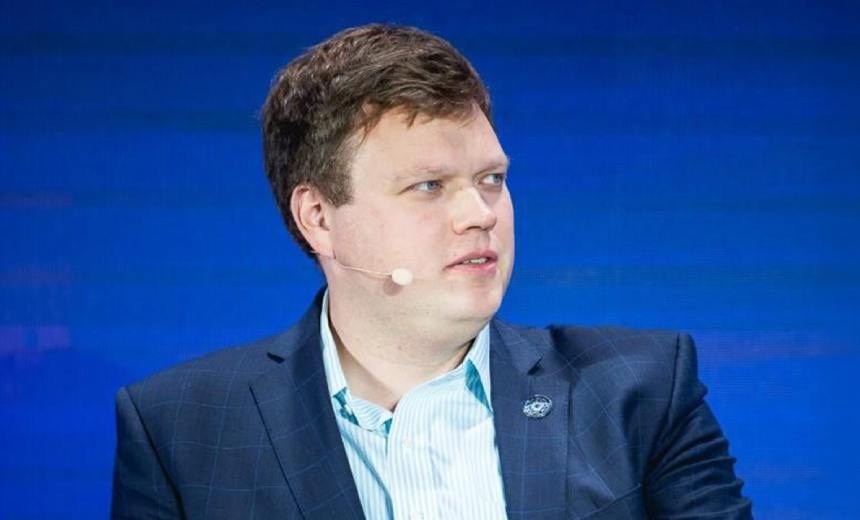Explore topics in Governance & Risk Management,
Operational Technology (OT), and
Video.
Insights from Space Policy and Technology Director Paul Liias on Satellite Security Challenges
The potential disruption of civil and military satellite operations poses significant risks to essential services including communications and navigation. Paul Liias, who leads space policy and technology for the Estonian government, emphasizes that these threats extend beyond traditional military attacks, recognizing the growing risk from cyber adversaries who exploit various vulnerabilities.
Estonia has emerged as a leader in developing cyber defense strategies for space initiatives. Notably, it operates a cyber-range utilized by NATO for testing various defense mechanisms, reinforcing its commitment to securing space missions against cyber threats.
In a recent interview conducted by Information Security Media Group, Liias outlined critical cybersecurity issues confronting space infrastructure, which include challenges faced by both satellites and ground stations. He elaborated on strategies for safeguarding aerial drone operations from GNSS jamming and spoofing, emphasizing the importance of preparing Estonia’s workforce for the evolving field of space cybersecurity.
In his capacity, Liias represents Estonia at the European Space Agency and oversees the nation’s engagement in the EU Space Programme. He has played a pivotal role in shaping the Estonian Space Policy and Program for 2020-2027, focusing on national legislation and strategic updates for the space sector. Liias was elected chair of the ESA Administrative and Finance Committee in July 2023, overseeing critical administrative and financial matters. He further extended his influence by assuming the chair position for the administrative board of the EU Agency for the Space Programme in April 2025. His journey in the space domain commenced in 2008 with the ESTCube-1 project, where he led the development of mechanical systems for Estonia’s inaugural satellite, culminating in its successful launch in 2013.
Understanding the cyber threats highlighted by Liias can provide valuable context for business owners concerned about potential vulnerabilities in their operations. The tactics employed by adversaries in these types of attacks can often align with various techniques outlined in the MITRE ATT&CK Matrix, including initial access, persistence, privilege escalation, and lateral movement, emphasizing the need for vigilant security measures.
As the landscape of space security evolves, the insights provided by experts like Liias are crucial in preparing for the challenges that lie ahead. Awareness of the intricate interplay between cybersecurity and space operations not only informs national policy but also serves as a reminder to all stakeholders to prioritize their digital safety measures.

